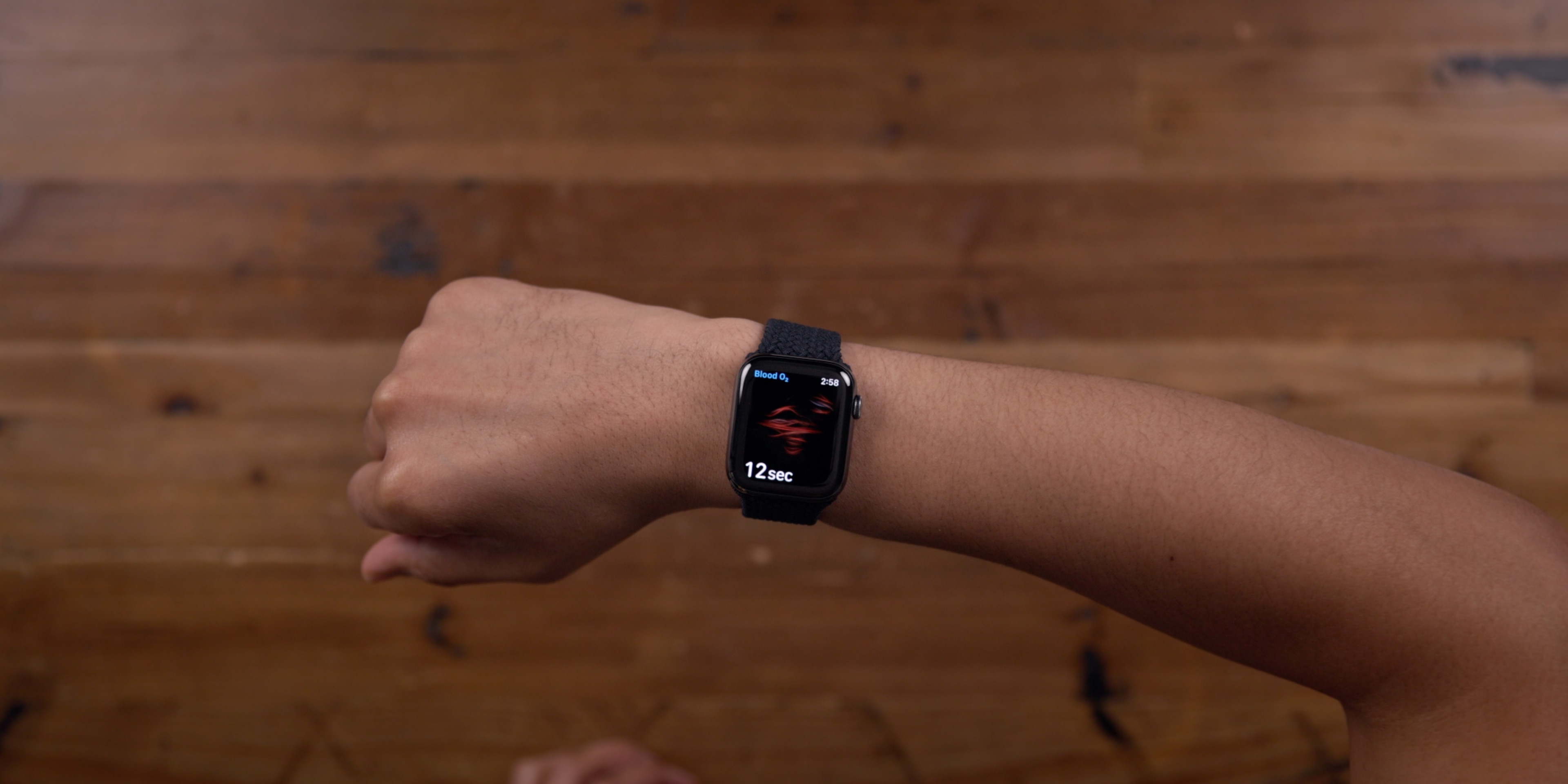
Apple and other tech companies have been working on new non-invasive methods to monitor blood glucose levels through smartwatches and similar devices. However, the U.S. Food and Drug Administration (FDA) has now come out against such technology, claiming that it’s not accurate and could lead to patients being misdiagnosed.
FDA says users shouldn’t trust smartwatches to measure blood glucose
An article shared by the health agency (via Reuters) on Wednesday argues that wearable devices that measure blood glucose levels without piercing the skin can result in “inaccurate measurements.” FDA emphasizes that there are currently no smartwatches and similar devices capable of directly testing blood glucose levels.
The agency says that people who rely on constant measurement of blood glucose levels – such as those with diabetes – may end up taking the wrong dose of insulin or other medications if the results are not accurate. “Taking too much of these medications can quickly lead to dangerously low glucose, leading to mental confusion, coma, or death,” says FDA.
The FDA also notes that it has never certified any devices capable of measuring blood glucose levels without piercing the skin. “Sellers of these smartwatches and smart rings claim their devices measure blood glucose levels without requiring people to prick their finger or pierce the skin. They claim to use non-invasive techniques,” the agency states.
For now, the only wearable devices certified by the FDA to measure blood glucose levels are continuous glucose monitoring devices (CGMs), such as the Dexcom G7.

Apple wants to bring such technology to the Apple Watch
As we mentioned earlier, Apple has been putting a lot of effort into developing a technology to measure blood glucose levels with the Apple Watch without piercing the skin. Although this is a very ambitious project, Bloomberg reported last year that the company has already reached “major milestones” with its prototypes.
The company has been experimenting with a technology known as silicon photonics and a process called optical absorption spectroscopy that uses lasers to emit wavelengths of light into an area under the skin where there’s interstitial fluid with substances that can be absorbed by glucose.
Of course, given the importance of this feature, it seems unlikely that Apple would make it available to users without FDA approval. It’s worth noting that the FDA has certified the Apple Watch as capable of taking electrocardiograms and monitoring atrial fibrillation history.
Read also
- Apple Watch: How to see your detailed heart rate history across time
- 9 Apple Watch health features to try or revisit for a healthier 2024
Add 9to5Mac to your Google News feed.
FTC: We use income earning auto affiliate links. More.






